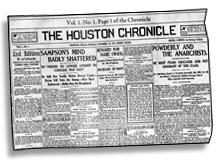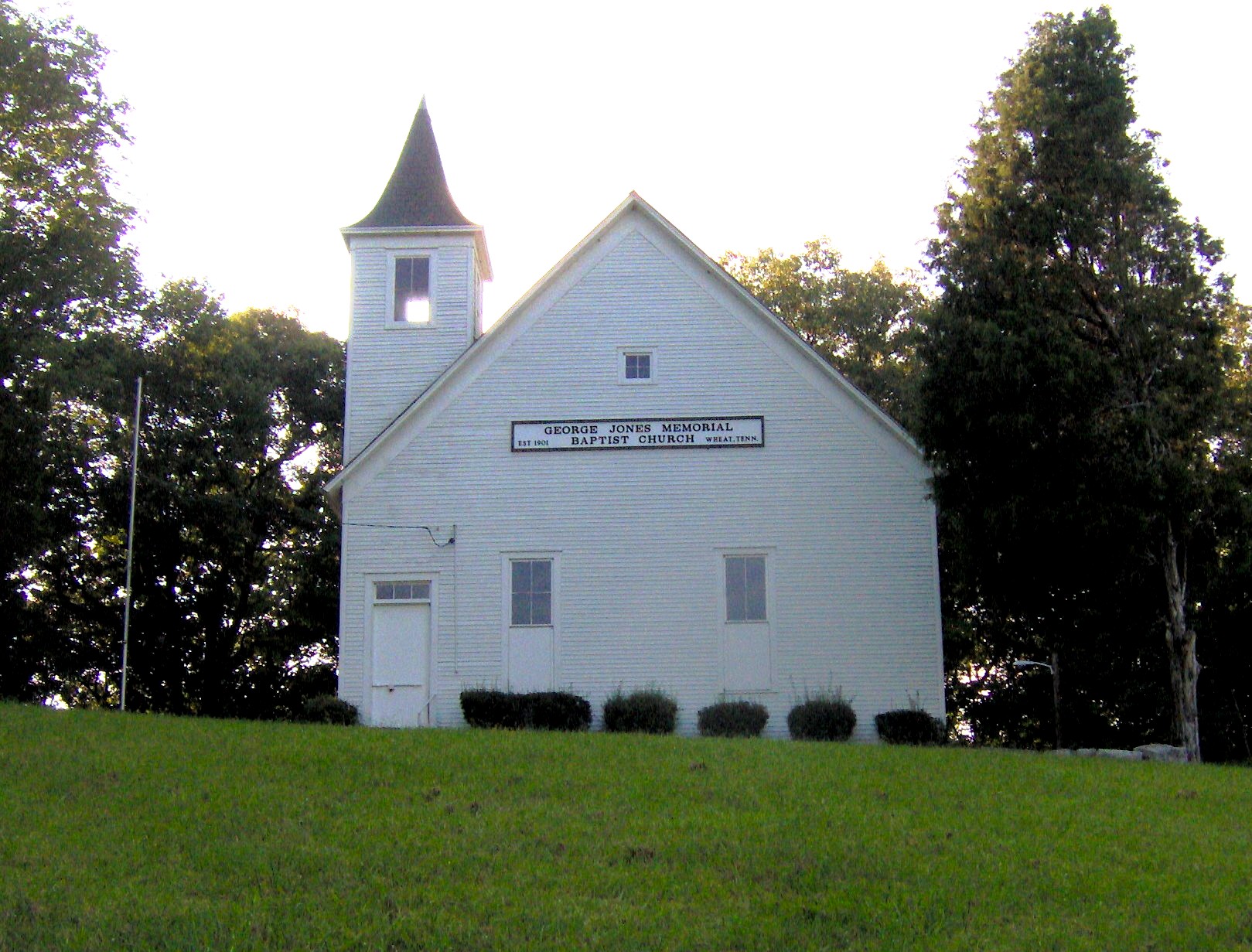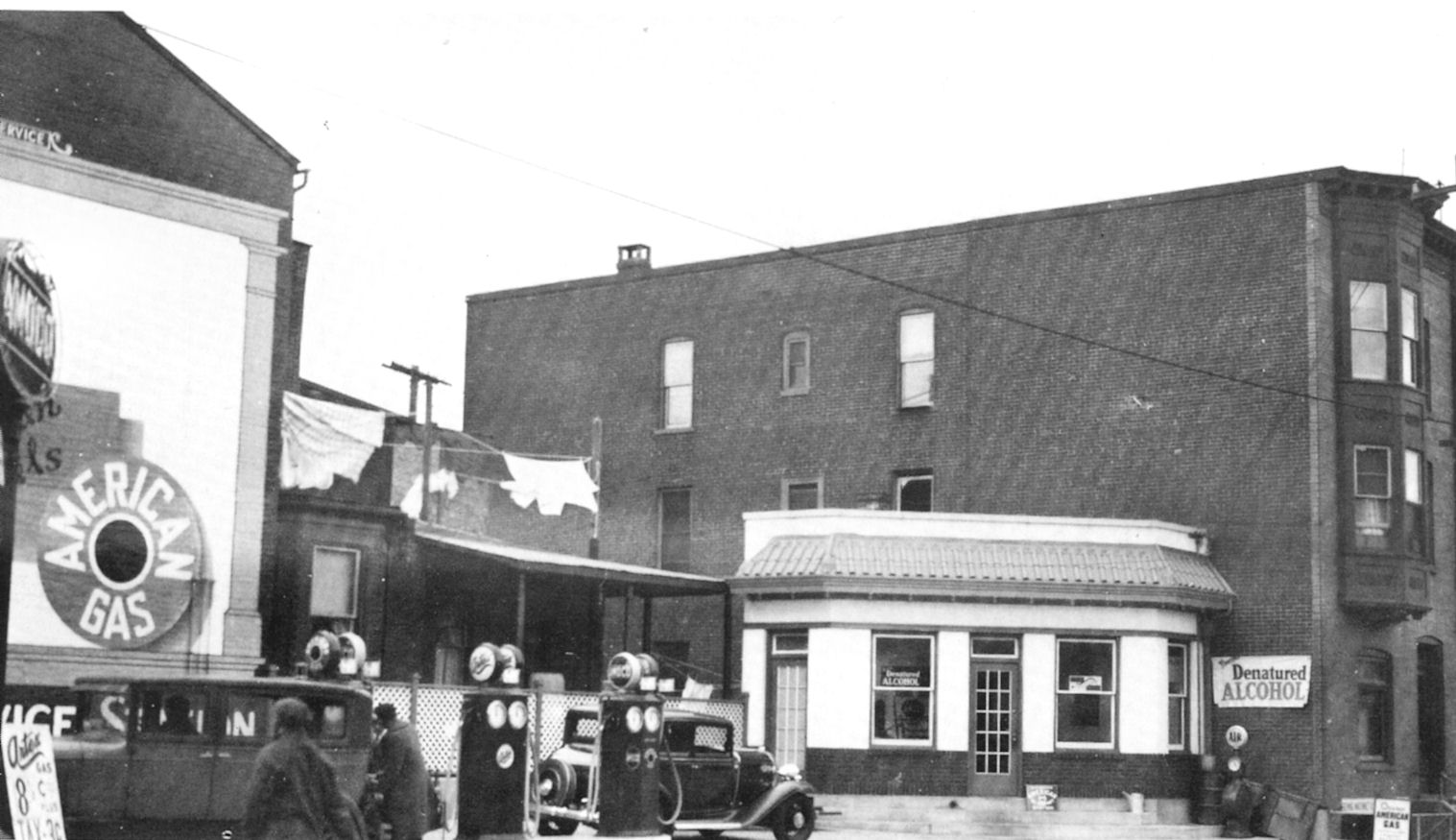|
KBR, Inc.
KBR, Inc. (formerly Kellogg Brown & Root) is a U.S. based company operating in fields of science, technology and engineering. KBR works in various markets including aerospace, defense, industrial and intelligence. After Halliburton acquired Dresser Industries, KBR was created in 1998 when M.W. Kellogg merged with Halliburton's construction subsidiary, Brown & Root, to form Kellogg Brown & Root. In 2006, the company separated from Halliburton and completed an initial public offering on the New York Stock Exchange. The company's corporate offices are in the KBR Tower in downtown Houston.Eriksen, Helen"Will KBR ditch its Houston headquarters for Katy suburbia?" ''Houston Chronicle''. April 30, 2008. Retrieved on January 13, 2009. History M. W. Kellogg In 1901, Morris Woodruff Kellogg founded The M. W. Kellogg Company in New York City. The company was incorporated in 1905 and its headquarters was moved to Jersey City, New Jersey. Initially Kellogg's main business was power pla ... [...More Info...] [...Related Items...] OR: [Wikipedia] [Google] [Baidu] |
KBR Tower
KBR Tower (formerly the M. W. Kellogg Tower) is a 550 ft (167.6 m) tall skyscraper in Downtown Houston, Texas, United States; it is a part of the Cullen Center complex. The KBR Tower has the headquarters of KBR, Inc., an engineering, procurement, and construction company.Eriksen, Helen.Will KBR ditch its Houston headquarters for Katy suburbia?." ''Houston Chronicle''. April 30, 2008. Retrieved on January 13, 2009. The 40 story building has about of rentable office space. The design architect was Neuhaus & Taylor, the general contractor was Linbeck Construction Company, the mechanical engineer was Sam P. Wallace, and the structural engineer was Ellisor Engineering, Inc. The building was completed in 1973. History By 1991, Dresser Industries and its subsidiary, M. W. Kellogg, switched office buildings. Kellogg took over of space on 16 floors of the Houston skyscraper formerly occupied by its parent firm. The skyscraper was renamed the M. W. Kellogg Tower. In exchange Dres ... [...More Info...] [...Related Items...] OR: [Wikipedia] [Google] [Baidu] |
Houston Chronicle
The ''Houston Chronicle'' is the largest daily newspaper in Houston, Houston, Texas, United States. it is the third-largest newspaper by Sunday circulation in the United States, behind only ''The New York Times'' and the ''Los Angeles Times''. With the 1995 buyout of its longtime rival the ''Houston Post'', the ''Chronicle'' became Houston's newspaper of record. The ''Houston Chronicle'' is the largest daily newspaper owned and operated by the Hearst (media), Hearst Corporation, a Privately held company, privately held multinational corporation, multinational corporate media conglomerate with $10 billion in revenues. The paper employs nearly 2,000 people, including approximately 300 journalism, journalists, editorial, editors, and photography, photographers. The ''Chronicle'' has bureaus in Washington, D.C., and Austin, Texas, Austin. The paper reports that its web site averages 125 million page views per month. The publication serves as the "newspaper of record" of the Housto ... [...More Info...] [...Related Items...] OR: [Wikipedia] [Google] [Baidu] |
Manhattan Project
The Manhattan Project was a research and development program undertaken during World War II to produce the first nuclear weapons. It was led by the United States in collaboration with the United Kingdom and Canada. From 1942 to 1946, the project was directed by Major General Leslie Groves of the United States Army Corps of Engineers, U.S. Army Corps of Engineers. Nuclear physicist J. Robert Oppenheimer was the director of the Los Alamos Laboratory that designed the bombs. The Army program was designated the Manhattan District, as its first headquarters were in Manhattan; the name gradually superseded the official codename, Development of Substitute Materials, for the entire project. The project absorbed its earlier British counterpart, Tube Alloys, and subsumed the program from the American civilian Office of Scientific Research and Development. The Manhattan Project employed nearly 130,000 people at its peak and cost nearly US$2 billion (equivalent to about $ b ... [...More Info...] [...Related Items...] OR: [Wikipedia] [Google] [Baidu] |
Kellex Corporation
The Kellex Corporation was a wholly owned subsidiary of M. W. Kellogg Company. Kellex was formed in 1942 so that Kellogg's operations relating to the Manhattan Project could be kept separate and secret. "Kell" stood for "Kellogg" and "X" for secret. The new company's goal was to design a facility for the production of enriched uranium through gaseous diffusion. In gaseous diffusion, isotopes of Uranium-235 could be separated from Uranium-238 by turning uranium metal into Uranium hexafluoride, uranium hexafluoride gas and straining it through a barrier material. History The M. W. Kellogg Company, headquartered in Jersey City, New Jersey, specialized in chemical engineering projects. A year before the Manhattan Project began, the S-1 Section of the Office of Scientific Research and Development asked Kellogg to work with John R. Dunning and other scientists at Columbia University to ascertain the feasibility of gaseous diffusion. The pilot project at Kellogg was led by Percival C. ... [...More Info...] [...Related Items...] OR: [Wikipedia] [Google] [Baidu] |
Oak Ridge, Tennessee
Oak Ridge is a city in Anderson County, Tennessee, Anderson and Roane County, Tennessee, Roane counties in the East Tennessee, eastern part of the U.S. state of Tennessee, about west of downtown Knoxville, Tennessee, Knoxville. Oak Ridge's population was 31,402 at the 2020 census. It is part of the Knoxville Metropolitan Area. Oak Ridge's nicknames include ''the Atomic City'', ''the Secret City'', and ''the City Behind a Fence''. In 1942, the United States federal government forcibly purchased nearly of farmland in the Clinch River valley for the development of a Planned community, planned city supporting 75,000 residents. It was constructed with assistance from architectural and engineering firm Skidmore, Owings & Merrill, from 1942 to 1943. Oak Ridge was established in 1942 as a production site for the Manhattan Project—the massive American, British, and Canadian operation that developed the Nuclear weapon, atomic bomb. Being the site of Oak Ridge National Laboratory, Y-1 ... [...More Info...] [...Related Items...] OR: [Wikipedia] [Google] [Baidu] |
Gaseous Diffusion
Gaseous diffusion is a technology that was used to produce enriched uranium by forcing gaseous uranium hexafluoride (UF6) through microporous membranes. This produces a slight separation (enrichment factor 1.0043) between the molecules containing uranium-235 (235U) and uranium-238 (238U). By use of a large cascade of many stages, high separations can be achieved. It was the first process to be developed that was capable of producing enriched uranium in industrially useful quantities, but is nowadays considered obsolete, having been superseded by the more-efficient gas centrifuge process (enrichment factor 1.05 to 1.2). Gaseous diffusion was devised by Francis Simon and Nicholas Kurti at the Clarendon Laboratory in 1940, tasked by the MAUD Committee with finding a method for separating uranium-235 from uranium-238 in order to produce a bomb for the British Tube Alloys project. The prototype gaseous diffusion equipment itself was manufactured by Metropolitan-Vickers (MetroVick ... [...More Info...] [...Related Items...] OR: [Wikipedia] [Google] [Baidu] |
K-25
K-25 was the codename given by the Manhattan Project to the program to produce enriched uranium for atomic bombs using the gaseous diffusion method. Originally the codename for the product, over time it came to refer to the project, the production facility located at the Clinton Engineer Works in Oak Ridge, Tennessee, the main gaseous diffusion building, and ultimately the site. When it was built in 1944, the four-story K-25 gaseous diffusion plant was the world's largest building, comprising over of floor space and a volume of . Construction of the K-25 facility was undertaken by J. A. Jones Construction. At the height of construction, over 25,000 workers were employed on the site. Gaseous diffusion was but one of three enrichment technologies used by the Manhattan Project. Slightly enriched product from the S-50 thermal diffusion plant was fed into the K-25 gaseous diffusion plant. Its product in turn was fed into the Y-12 electromagnetic plant. The enriched uranium was ... [...More Info...] [...Related Items...] OR: [Wikipedia] [Google] [Baidu] |
Refining
Refining is the process of purification of a (1) substance or a (2) form. The term is usually used of a natural resource that is almost in a usable form, but which is more useful in its pure form. For instance, most types of natural petroleum will burn straight from the ground, but it will burn poorly and quickly clog an engine with residues and by-products. The term is broad, and may include more drastic transformations, such as the reduction of ore to metal (for which see Refining (metallurgy)). The refining of liquids is often accomplished by distillation or fractionation; this process is useful, for example, for isolating different fractions of petroleum. Gases can be refined in this way as well, by being cooled and/or compressed until they liquefy. Gases and liquids can also be refined by extraction with a selective solvent that dissolves away either the substance of interest, or the unwanted impurities. Many solids can be refined by growing crystals in a solution o ... [...More Info...] [...Related Items...] OR: [Wikipedia] [Google] [Baidu] |
Fluid Catalytic Cracking
Fluid catalytic cracking (FCC) is the conversion process used in petroleum refineries to convert the high-boiling point, high-molecular weight hydrocarbon fractions of petroleum (crude oils) into gasoline, alkene gases, and other petroleum products. The cracking of petroleum hydrocarbons was originally done by thermal cracking, now virtually replaced by catalytic cracking, which yields greater volumes of high octane rating gasoline; and produces by-product gases, with more carbon-carbon double bonds (i.e. alkenes), that are of greater economic value than the gases produced by thermal cracking. The feedstock to the FCC conversion process usually is heavy gas oil (HGO), which is that portion of the petroleum (crude oil) that has an initial boiling-point temperature of or higher, at atmospheric pressure, and that has an average molecular weight that ranges from about 200 to 600 or higher; heavy gas oil also is known as "heavy vacuum gas oil" (HVGO). In the fluid catalytic cracking ... [...More Info...] [...Related Items...] OR: [Wikipedia] [Google] [Baidu] |
Thermal Cracking
In petrochemistry, petroleum geology and organic chemistry, cracking is the process whereby complex organic molecules such as kerogens or long-chain hydrocarbons are broken down into simpler molecules such as light hydrocarbons, by the breaking of carbon–carbon bonds in the precursors. The rate of cracking and the end products are strongly dependent on the temperature and presence of catalysts. Cracking is the breakdown of large hydrocarbons into smaller, more useful alkanes and alkenes. Simply put, hydrocarbon cracking is the process of breaking long-chain hydrocarbons into short ones. This process requires high temperatures. More loosely, outside the field of petroleum chemistry, the term "cracking" is used to describe any type of splitting of molecules under the influence of heat, catalysts and solvents, such as in processes of destructive distillation or pyrolysis. Fluid catalytic cracking produces a high yield of petrol and LPG, while hydrocracking is a major sourc ... [...More Info...] [...Related Items...] OR: [Wikipedia] [Google] [Baidu] |
Standard Oil Of Indiana
Amoco ( ) is a brand of fuel stations operating in the United States and owned by British conglomerate BP since 1998. The Amoco Corporation was an American chemical and oil company, founded by Standard Oil Company in 1889 around a refinery in Whiting, Indiana, and was officially the Standard Oil Company of Indiana until 1985. In 1911, it became an independent corporation as part of the break-up of the Standard Oil trust. Incorporated in Indiana, it was headquartered in Chicago. In 1925, Standard Oil of Indiana absorbed the American Oil Company, founded in Baltimore in 1910, and incorporated in 1922, by Louis Blaustein and his son Jacob. The combined corporation operated or licensed gas stations under both the ''Standard'' name and the ''American'' or ''Amoco'' name (the latter from ''American oil company'') and its logo using these names became a red, white and blue oval with a torch in the center. By the mid-twentieth century it was ranked the largest oil company in t ... [...More Info...] [...Related Items...] OR: [Wikipedia] [Google] [Baidu] |
Texaco
Texaco, Inc. ("The Texas Company") is an American Petroleum, oil brand owned and operated by Chevron Corporation. Its flagship product is its Gasoline, fuel "Texaco with Techron". It also owned the Havoline motor oil brand. Texaco was an Independent business, independent company until its refining operations merged into Chevron in 2001, at which time most of its station franchises were divested to Shell plc through Shell USA, its American division. It was one of the first gas stations to exist. Texaco began as the "Texas Fuel Company", founded in 1902 in Beaumont, Texas, by Joseph S. Cullinan, Thomas J. Donoghue, and Arnold Schlaet upon the discovery of oil at Spindletop. The Texas Fuel Company was not set up to drill wells or to produce crude oil. To accomplish this, Cullinan organized the Producers Oil Company in 1902, as a group of investors affiliated with The Texas Fuel Company. Men such as John W. ("Bet A Million") Gates invested in "certificates of interest" to an amount of ... [...More Info...] [...Related Items...] OR: [Wikipedia] [Google] [Baidu] |







